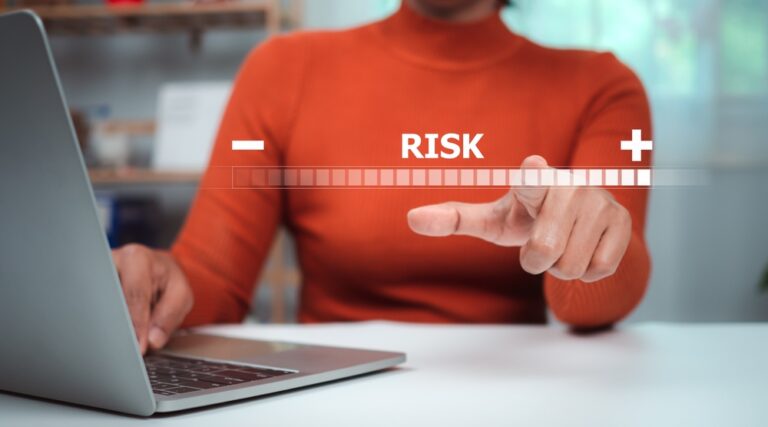Compelling Evidence: Find it, use it, profit!

“Knowledge is power” as they say; but knowledge is nothing without the data to back it up. A merchant’s power to fight and win transaction disputes depends entirely on having the right data. With it, you can successfully prevent most transaction disputes and recover revenue from disputes that get charged back. Let’s look at what data merchants need to prove their case in disputes, and what that data shows.
THE OUTCOME YOU WANT
What if we told you that you can win most of your transaction disputes? It’s true. Third-party or “true” fraud where a stolen card or identity was used in a transaction are the only cases where you lose by default, because merchants are liable for not catching it. Your best outcome here is to refund the dispute before it becomes a chargeback. But these are the minority of all transaction disputes.
Everything else is considered first-party or “friendly fraud,” where the cardholder makes the purchase, then tries to reverse it through their issuing bank. There are two possible merchant “wins” in first-party disputes. Ideally, you can deflect the dispute from ever happening. Otherwise, if the dispute becomes a chargeback, you can reverse it through representment. Both outcomes begin with effective data capture.
Reason Code Red Flags
- “Other Fraud”
- “Services/merchandise not delivered”
- “Subscription/Recurring billing dispute”
- “Services/merchandise not as described or defective”
- “Transaction/descriptor not recognized”
- “No cardholder authorization”
CAPTURE THE RIGHT DATA
Your successful outcome lives or dies on your ability to provide “compelling evidence” to refute a cardholder’s claim. “Compelling” is a notoriously tricky term to define, so perhaps it’s better understood with some perspective. The issuing bank’s primary concern is for the cardholder, keeping their customers happy; issuers invariably grant their cardholders a refund when requested. So your evidence has to be so good that the issuing bank will have no choice but to invalidate their beloved cardholder’s dispute.
There are two primary kinds of compelling evidence. There is the transaction data generated at the point of sale, and there is the fulfillment data generated by delivering the purchase item in question. Transaction data can be captured from your gateway. Fulfillment data is typically stored in a Customer Relations Management platform (CRM).
WHAT YOU NEED TO PROVE
Compelling evidence becomes “compelling” when you can prove the following to the issuing bank. Details will vary in each case, but as a rule, there are a handful of “smoking guns” you can use to your advantage:
1. Place the cardholder at the point of sale.
Your payment gateway should:
- Capture the cardholder’s IP address
- Verify the cardholder’s billing address via AVS
- Verify positive match for CSC/CVV
In all three instances, if there is a match with the cardholder, you’re made your point; the transaction was not third-party fraud and the cardholder is liable for the purchase.
2. Establish cardholder intent to purchase the item(s)
Some issuers will still require further proof of cardholder liability. With the cardholder’s IP address taken from your payment gateway, you can track the user across on your site. You can show that they visited the pricing pages, for example. This data capture shows that not only did they purchase a product, they actively sought it out before hand.
3. Confirm delivery of the product/service.
This is where fulfillment data can prove you’ve met your obligation to the cardholder. If you’re sending physical goods, always get a delivery confirmation. If you’re selling digital goods, you should have data capture of user logs that show that the cardholder logged in behind your paywall or downloaded your products online.
4. Demonstrate cardholder interaction with product/service.
This is another extension of steps 2 and 3. If the cardholder contacted your customer support, show it! Show that they signed your terms and conditions. In extreme cases, you might be able to catch them on social media using your products or services.
5. Reveal a pattern of behavior.
If the cardholder in question has filed a similar chargeback before, show how they did it—especially if they lost in representment before. If they’ve made previous purchases, that too will help your case.
CONCLUSION
A key theme throughout this process is proper data capture. Specifically, your website should be configured to capture users’ IP address, geo-location and activity on site. Your payment gateway should then tie that information to a name, address, card number etc. And you should be keeping records of this information in a organized and accessible manner. In this day and age there is no reason why you can’t do this instantly and efficiently.
Results will vary case-by-case. Each business faces its own unique challenges from chargebacks, so experience will be your best guide. You can’t win them all, but you can gain powerful insights each and every time you represent that will help you fight chargebacks better going forward. That’s why you can benefit greatly from a partner like ChargebackHelp. Take the edge off your learning curve and put our experience to work for you!






